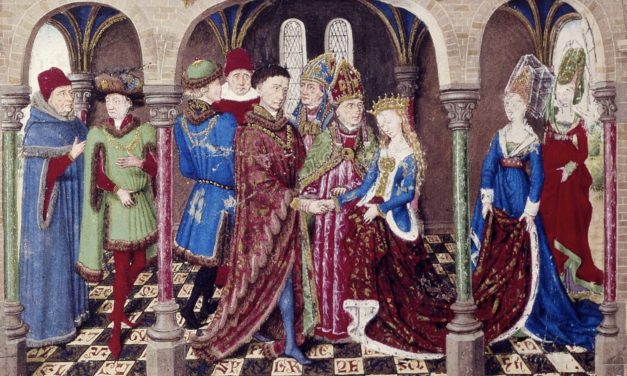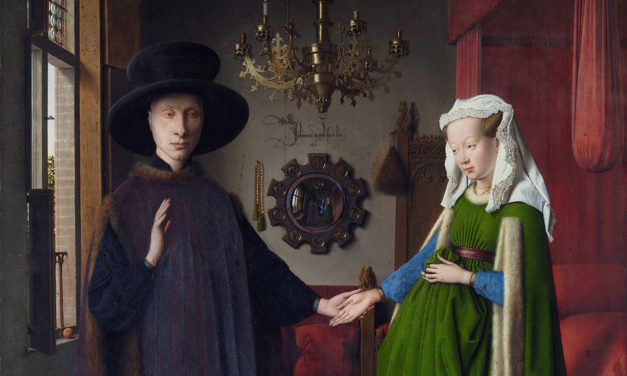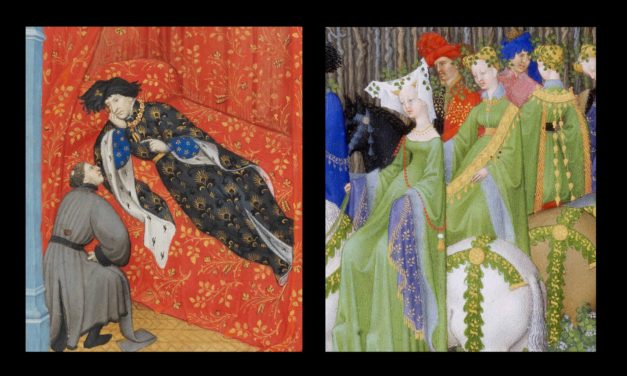15th century – Late Byzantine Silk Damask Dress and Taffeta Tunic
To date, these fragments of dress are the only surviving testimonies of elite feminine garments in the Late Byzantine Empire. They offer a remarkable insight into what might have been the fashion habit in Mystras (Greece) and reflect the prestigious and multicultural civilization of Byzantium during the 15th century.
















